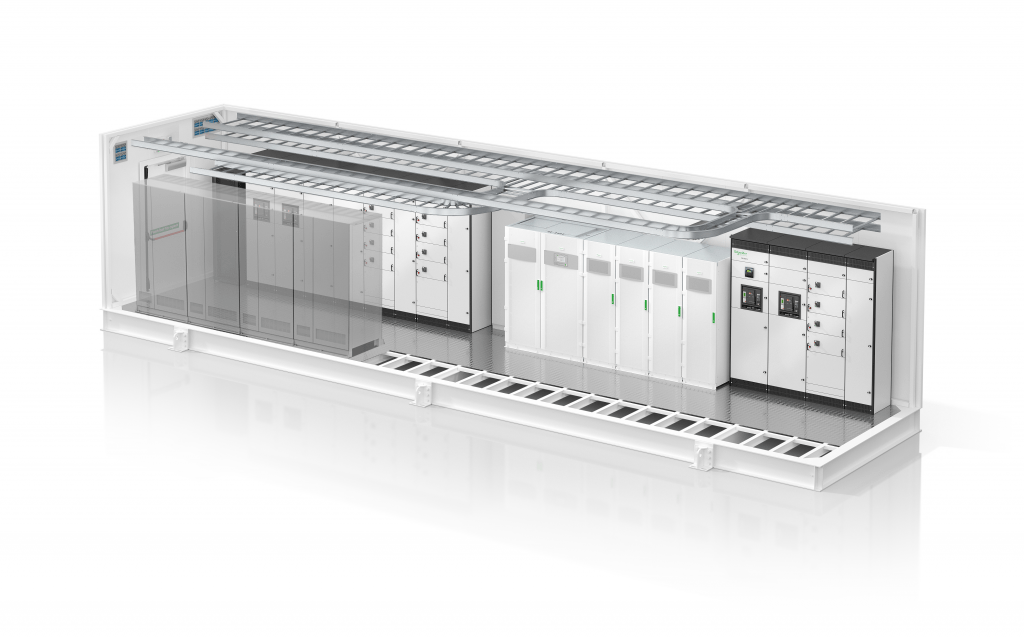Prefabricated Data Centres Offer Significant Cost Advantages Over Traditional Builds
by Marc Garner, Vice President, Secure Power Division, Schneider Electric UK & Ireland

Modular construction continues to remain a popular trend within the IT industry and extends throughout all the infrastructure supporting the data centre including racks, servers, power protection and distribution, and cooling equipment. Prefabricated power modules, for example, are available as functional blocks, incorporating switchgear, uninterruptible power supplies (UPS) and backup batteries, transformers and panel boards.
Cooling modules, which are essential for maintaining operating temperatures at an optimal level, comprise a variety of systems, many of which can be located outside the building housing the IT equipment. They include air chillers, storage tanks, condensers and dry coolers, evaporative coolers, pumps, fans and ducting. Typically, cooling is a major consumer of facility power and so the design of the overall cooling effort focuses very strongly on efficiency, so that its power consumption, and consequently the data centre’s PUE rating, can be optimised.
Fully prefabricated data centres comprise all of the essential functional blocks, including power, cooling, IT equipment and Cloud-based Data Centre Infrastructure Management (DCIM) Software in a single unit. This can include smaller micro data centres used in edge computing environments, all the way up to large single steel ISO containers, which can be extended and blocked together to form larger, on-premise data halls.